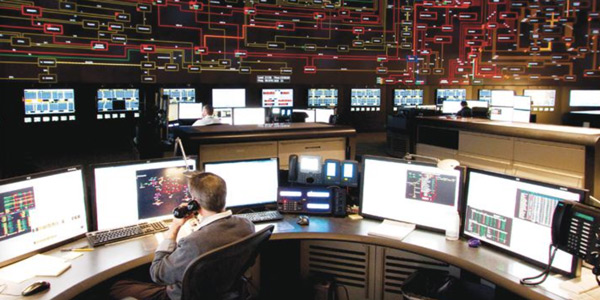By Joel Yu
For more than a year, Con Edison, NYISO and its stakeholders, including generation and transmission owners, customers and environmental groups, have been hard at work developing reforms that will streamline the interconnection process for new energy resources in New York.
Given the state’s Clean Energy Standard, which requires 50% of the state’s energy to be sourced from renewables by 2030, the proposed interconnection process improvements are expected to have an immediate, positive impact. The process will better facilitate the entry of thousands of renewable megawatts for the benefit of all New Yorkers by bringing renewables to the market more efficiently.
While the American Wind Energy Association petition[1] and FERC’s proposed rulemaking[2] seem to target reforms for queue-based interconnection processes, we took advantage of the opportunity to improve NYISO’s batch-based “Class Year” process through several refinements, reforms and clarifications.
Headlining Con Edison’s proposed reforms is a suggestion to split the Class Year structure into two phases so that most New York projects can complete their interconnection processes faster.
New generators are studied for their impacts on the transmission system and are required to fund system upgrades if they are found to trigger reliability upgrades.
Currently, all projects must wait to complete the Class Year study process together. In many cases, projects end up waiting for months as NYISO performs additional studies, generally for the largest Class Year project(s).
Under a split Class Year, projects that do not require additional deliverability studies after phase one will be allowed to complete the process on an expedited basis.
At the conclusion of a phase one study, NYISO will notify developers of its preliminary deliverability study results. The developers then will have several options: They can accept their allocated costs for shared upgrades and complete the Class Year; continue on to the phase two study, with an option to modify their requested energy and capacity deliverability levels; or withdraw from the Class Year.
Developer feedback has been overwhelmingly positive; many are hopeful that the new Class Year process can be implemented expeditiously.
In addition, NYISO proposes to streamline its study agreements.
Recognizing the administrative challenge of having multiple parties (NYISO, the developer and the interconnection TO) execute multiple study agreements, stakeholders agreed to reflect the terms and conditions in the pro forma interconnection request form and NYISO Tariff.
The proposal provides adequate opportunity for the interconnecting TOs[3] to obtain necessary information and provide input on the study scope, while reducing the number of study agreements needed to administer the process.
For the most critical study, a facilities study, a three-party study agreement will continue to be required.
The Class Year process already provides substantial flexibility and cost certainty for developers.[4] Nevertheless, like all interconnection processes, it can be one of the most complex and time-consuming aspects for developers wanting to enter the market.
NYISO’s recent filing[5] represents a package of reforms that improve process efficiency while maintaining necessary evaluations to meet reliability requirements. With FERC’s approval, potentially by the end of the year, stakeholders will begin reaping the benefits.
Joel Yu is a senior energy policy advisor at Con Edison. Subsidiaries Con Edison Company of New York and Orange and Rockland Utilities are transmission owners within NYISO. A subsidiary of Orange and Rockland Utilities, Rockland Electric, is a transmission owner within PJM.




